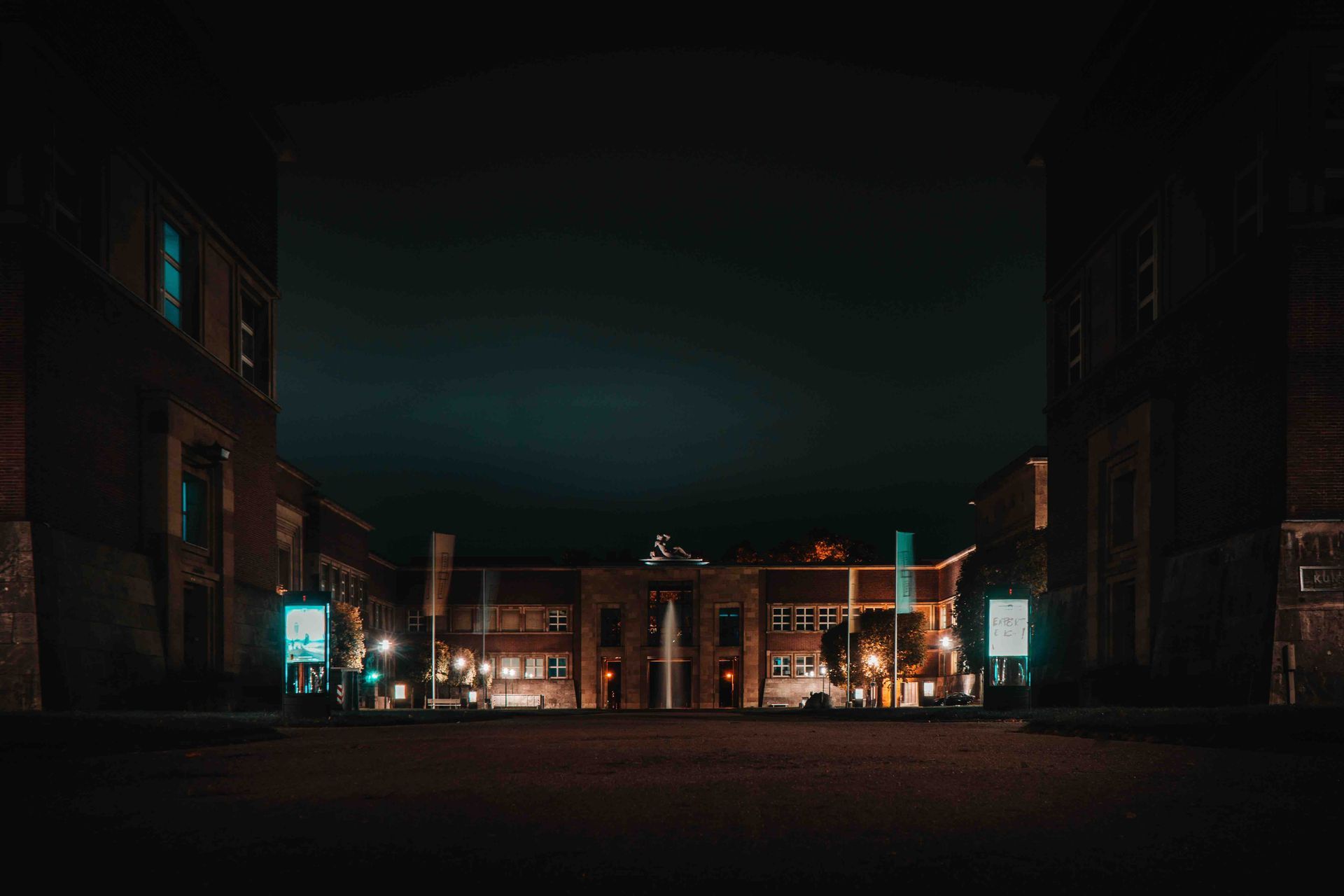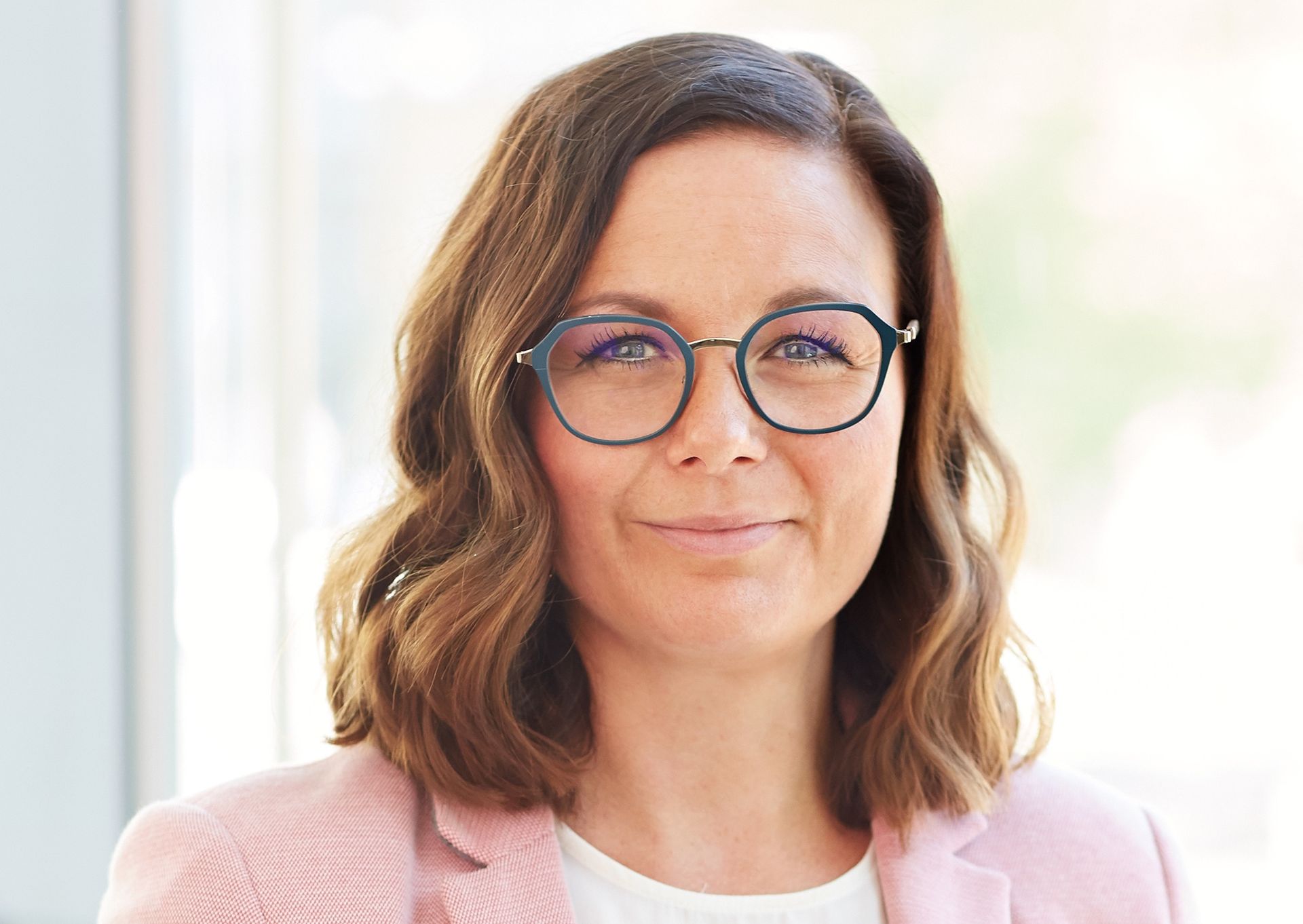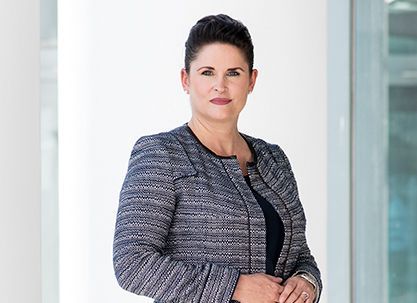
General Director of the Kunstpalast Düsseldorf, Dr. Felix Krämer ©Hartmut Bühler
Dr. Felix Krämer: I don't think crypto art will take away from any other art. I think that every new technique is creative and creates something new.
The phenomenon of NFT art is now part of our present and has found its place in culture. For museums, this poses great challenges. Things are changing at an unusual speed and communication is taking place through images. An interview with the general director of the Kunstpalast Düsseldorf, Dr. Felix Krämer about digital art and the chance of museums as places of learning to see.
December 26, 2021
Interview Directory
ART
Name: Dr. Felix Krämer
Occupation: German-British art historian and curator as well as general director of the Kunstpalast Düsseldorf
"Conversion to NFTs works particularly well when the desire, or longing, to have a small piece of it is particularly strong. This desire is especially present in the case of world-famous works."
The Galleria degli Uffizi in Florence sold an NFT of Michelangelo's Tondo Doni in May - followed by the Hermitage in St. Petersburg with an NFT auction. Can you say what your museum's plans are for this?
I am an art historian and museum director - I deliberately say this in the double, because as museum director I run a medium-sized business. I think commercially and have to inquire about markets. The collection holdings of the Uffizi are miles away from ours. They are limited to paintings and sculpture and have very well-known icons like Botticelli, millions of which are available as reproductions. The collection of the Kunstpalast, on the other hand, covers all genres of art.
Conversion to NFTs works particularly well when the desire, or longing, to have a small piece of it is particularly strong. This desire is especially present in the case of world-famous works. Furthermore, it is not part of the museums' duties to trade with the objects they manage. With auction houses and galleries, it makes different sense, because they are designed to trade.
I also don't think it's a long-term way that's valid. Once NFTs are divided up, they are sold. It's short-term attention generated, not permanent funding for a museum.
For some museums it is an important new source of income.
To participate in such a source of income in a short stretch makes sense for galleries, auction houses and artists. A museum per se has other tasks - it is an educational institution that is supposed to mediate. It is different for commercial museums.
Our main task is to assemble a collection, preserve it, and then mediate it. For this, we are financed by tax money. In terms of our own contribution, we look at sponsorship, fundraising, ticketing, or catalog sales, for example. With NFTs, it's a hybrid. A museum colleague would argue that the object stays in the building. Ultimately, one trades on the notion that the artwork is no longer wholly owned by the museum.
This sounds like a passive critical response.
If my first two answers sound passive, it has to do with knowing the possibilities that are available here in the house. However, one should not underestimate the trade of NFT.
The museum collection is the memory of the art development of many centuries. Some houses resist this, claiming that it is a temporary movement. This used to be the case with video or even photography. Even today there are houses that do not consider photography worthy of collecting. I don't think this is a good attitude, because our time is progressing. Image production without photography, video and digital is no longer imaginable and a museum can thus be sidelined.
We have a curator for time-related media and we have also already acquired an NFT work from Banz & Bowinkel. After the end of the construction site in our collection wing, we will show our new collection complemented with AR works and NFTs.

Kunstpalast Düsseldorf
So you are convinced of the future of crypto art and NFTs.
Yes, this will be a permanent fixture in the art market. I don't think crypto art will take away from any other art. I think that every new technique is creative and creates something new. NFT art offers a great opportunity in terms of provenance. Often artworks cannot be traced back completely. This is also an opportunity for artists. It creates transparency. I can well imagine that in the medium term it will be good practice to link a work of art to an NFT.
How will the exhibitions on AR and NFT art work out?
An exhibition on NFT is an invisible process. The link behind it works from circuit boards, which cannot be visibly represented. A digital exhibition, on the other hand, already exists - our AR Biennale. It is an exhibition that is radical because there is no exhibition space, it simply takes place outside in the Ehrenhof and Hofgarten. All artworks are digitally generated. We entered new territory and are the first public house to do an AR exhibition. Of course, it's also a learning process that we're going through, since technically everything is in its infancy.
Are you fascinated by the speed of technical developments?
I am thrilled. With Ergo, for example, we are currently developing a digital companion that will be placed on the personal device. The visual information will be available a million times over in the room, and the visitor will also be able to learn about the reverse side of the image. There should be no detour via QR codes, which are a technical defeat for me and distract the visitor. Problems are of course the constant changing of the hanging of the pictures as well as the legal situation.
Developments are happening so fast that the entire cultural industry is in a constant learning process. In the future, her personal device will be the companion through all exhibitions. Unfortunately, the financial resources of museums are limited, so we can't always be there so quickly.
Have there been any positive aspects to the digitization of museums in the Corona period?
We had already reduced our leaflets before Corona and have now switched completely to online. Instagram is our most important communication platform even before Facebook, because the success of exhibitions is decided by the presence on social networks. Last year we doubled our follower count to over 50,000, which is quite fantastic for institutions in our field. Of course, this is also related to the program, as we are targeting a certain generation that is used to communicating through social networks.
We had our children's website before Corona but it became very important in the period when schools closed. We are the only museum in Germany that has a children's website.
It's a threshold time - an upheaval time just like with printing - things are changing at an unusual speed. We communicate via images without growing competence in reading the images. But pictures have to be interpreted. We have to create the basis for exchanging ideas about images.
Here lies a great opportunity for museums as places for learning to see. Digitization has played this opportunity into our hands.
---------
Dr. Felix Krämer ©Hartmut Bühler
TOP STORIES
CHECK THE THINGS YOU WANT TO THROW AWAY
HA Schult's Trash People at the Circular Valley Forum in Wuppertal on 18 November 2022.
NOVEMBER 19, 2022
_____________________
THE OPERA OF THE FUTURE
Düsseldorf, capital of North Rhine-Westphalia will receive the opera house of the future.
FEBRUARY 15, 2023
_____________________
LONDON
Opening: Lightroom, London's new artist home, shows: David Hockney
DECEMBER 2, 2022
_____________________
FLORENCE
The extraordinary museums of Florence in 2023.
JANUARY 1, 2023
____________________
DÜSSELDORF
DECEMBER 11, 2022
____________________
IN BEAUTIFUL A CORUNA
New exhibition of the Marta Ortega Pérez Foundation: "Steven Meisel 1993" .
DECEMBER 5, 2022
____________________
WORLDLEADER
How did ProWein manage to become No. 1 in contrast to other international trade fairs.
MARCH 15, 2023
____________________
INTERNATIONAL TOGETHERNESS
MARCH 8, 2023
____________________
TRAVEL
What major events in art, culture and society are we facing?
JANUARY 21, 2023
____________________
Hollywood
____________________
DISTANT WORLDS
Dieter Nuhr's paintings now in Senegal - "A Nomad in Eternal Transit"
DECEMBER 6, 2022
RELATED TALKS







